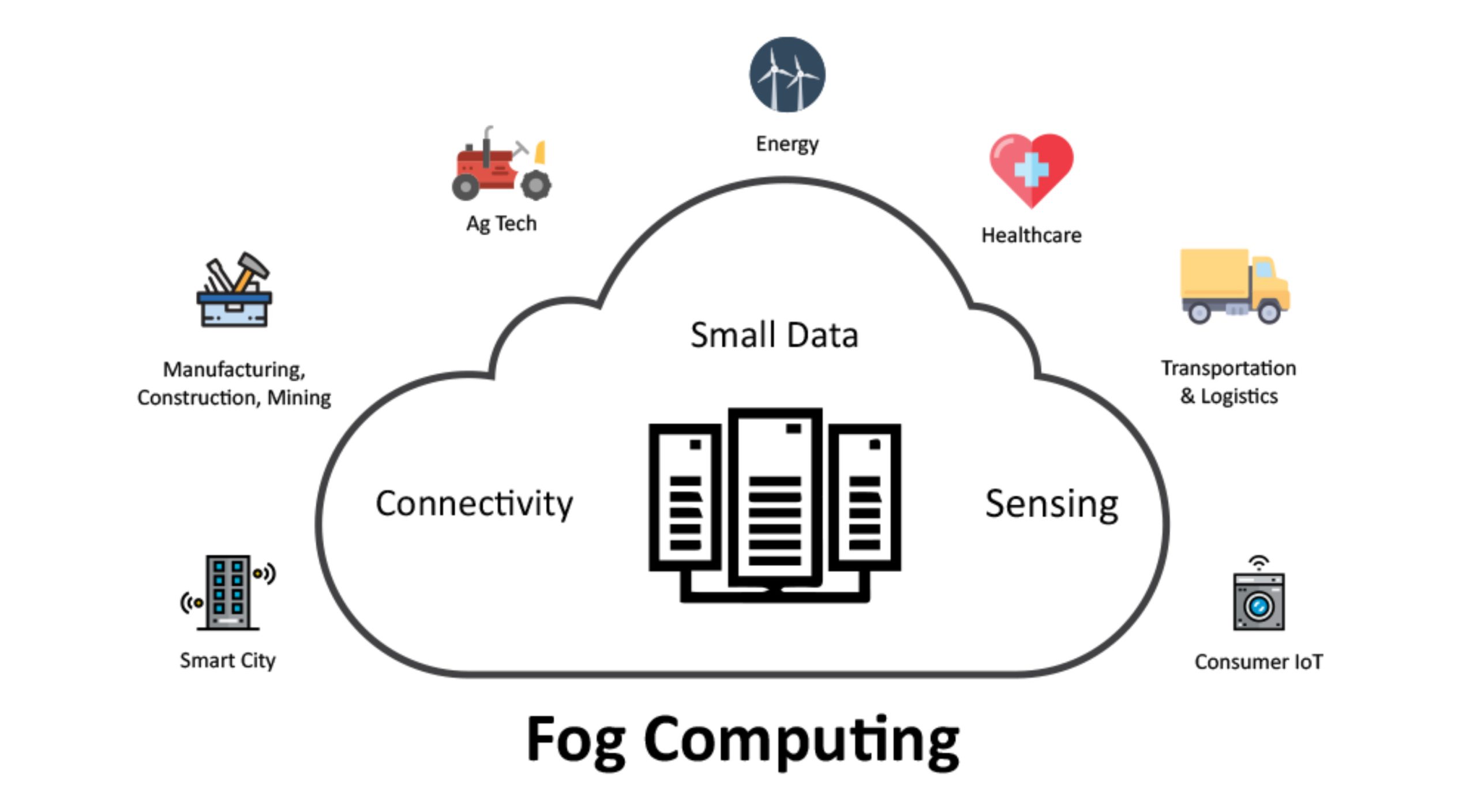
ACL Digital
Implementing Fog Computing For IoT Ecosystem
Industry 4.0 empowers Industrial Solution to adopt and leverage data gathering and analytics capabilities of Cloud Computing for predictive analysis, reducing maintenance downtime, centralized storage, and remote management. But with a rapid increase of IoT-powered application in the last couple of years and lack of proper network bandwidth allocation and utilization, cloud computing faces the following limitation in wide adoption of cloud.
- Subscription Based Cloud Support
- Unused Silicon Power on Edge Device (Router, Gateway)
- Huge amount of raw data been pushed to cloud, that results in high latency
- Always dependent on Internet connections and Cloud needs to be online
- Over-utilization of network bandwidth
Fog Computing came in as an aid to overcome the above-mentioned limitation and bottlenecks by providing a decentralized architecture and serves as an extension to cloud computing by collaborating with one or more edge node devices providing the subsequent amount of localized control, configuration and management and much more for end devices.
Business Impact of Fog Computing on IoT Solutions
Fog computing came in existence to serves as an extension to cloud computing services and not as a replacement of cloud computing services. Adopting Fog Computing to your existing IoT Solutions will have the following business advantages to your IoT Solution:
1. Off the Grid Solution
Leveraging the benefits of Fog computing one can enable their IoT solution to control, manage and administer your local edge device network without external dependencies on cloud-based services which provide user freedom from subscription-based cloud services.
2. Global Distributed Network
Fog computing empowered edge nodes or gateways provides distributed network with the power of local decision making and temporary data storage for analysis. This kind of distribution ensure that even if the cloud services are not available your IoT solution would be able to function locally with some limited restrictions
3. Better Bandwidth Utilization
Fog Computing empowered edge nodes, processes the raw data obtained from the end devices locally and periodically push the processed data to central mainframe and thus ensure the most optimal usage of network bandwidth
4. Real-Time Operation & Low Latency
Fog Computing empowered edge devices bifurcates the data based on time criticality and ensure that the most time-critical data are processed locally without the intervention of central mainframe thus enabling real-time operations and very low latency
5. Optimal Usage of Edge Node Resources
Fog computing enabled edge nodes are designed in such with the aspect of leveraging the edge node resources to its max to overcome the limitations over cloud computing and optimal usage of network bandwidth
Fog Computing Applications
Fog computing can play a crucial role when applied to the following domains like:
Smart Lighting
Lighting industries are undergoing a revolutionary transition from wired interfaces to wireless interfaces. Fog computing empowered edge nodes enables smart lighting OEM’s to provide a complete solution independent of cloud providers. Fog computing enabled light solution enables the OEM’s with:
- Local Control, Monitoring, and Management of End Devices
- Using Localization feature along with sunset sunrise data, one can schedule lights to turn on-off
- Expand their global reach in the most remote areas
- Consolidate reports on energy consumptions with per device granularity
Smart Energy
Smart energy has become a particular interest with an industry shift in production of energy and conservation of natural resources, constant monitoring of end devices used in Wind Farms, Solar Farms, Water & Gas Distribution networks. When the power of fog computing is coupled with the existing IoT solution in Smart Energy, OEM’s can achieve:
- Real-time fault detection with low latency
- Edge Node enabled Data analytics
- Geo-distributed networks allows pinpointing fault region
- Demand analysis using Machine to Machine interaction
- On demand based automatic distribution switches
Smart Agriculture
With the advancements of IoT-enabled devices smart agriculture has become a niche area of interest for all IoT-centric cloud providers. Farmers are moving towards smart farming practices that generate a huge amount of data from soil sensor, temperature sensors, humidity sensor, motion sensors, Ambient light sensors. When the power of fog computing is coupled with the existing IoT solution in Smart Agriculture solution providers can achieve:
- Using Localization feature fog computing can predict ideal harvesting time
- Expand their global reach in the most remote rural areas without internet connectivity
- Generate crop health analysis report locally
- Livestock monitoring, health analysis, and location tracking
Smart Transportation
Fog computing empowered Smart transportation application can be achieved by provided Inter Fog communication over the distributed network. With inter fog communication, smart transportation solution providers can achieve:
- Edge nodes independently can manage Traffic Lights in real time based on the traffic analysis
- Control Street lights locally based on time and weather
- Real Time Traffic Report and suggest alternate route in case of congestion
- Inter-Vehicle Communication & Connected Cars
Future of Fog Computing
As mentioned earlier Fog Computing came to facilitate and overcome the few limitation of cloud computing and not as a complete replacement to cloud computing.
Fog computing in the future can utilize the power of machine learning and artificial intelligence by leveraging the computing power on local edge nodes and provide precise results, analytics based which are unique to each user.
Fog in future will give rise to Hybrid computing models where the edge nodes will be used for real-time analysis and the cloud computing would be used for persistent data storage. With Hybrid computing models in place, the IoT solution can target the both real-time application and avoid the bottlenecks of cloud computing.
Related Insights

Improve Production Line Quality Using Machine Learning At The Edge

Business success with Oracle Netsuite Consulting Services: What role do NetSuite consultants play?

5 Caution Alerts Your Infrastructure Will Block Digital Transformation




